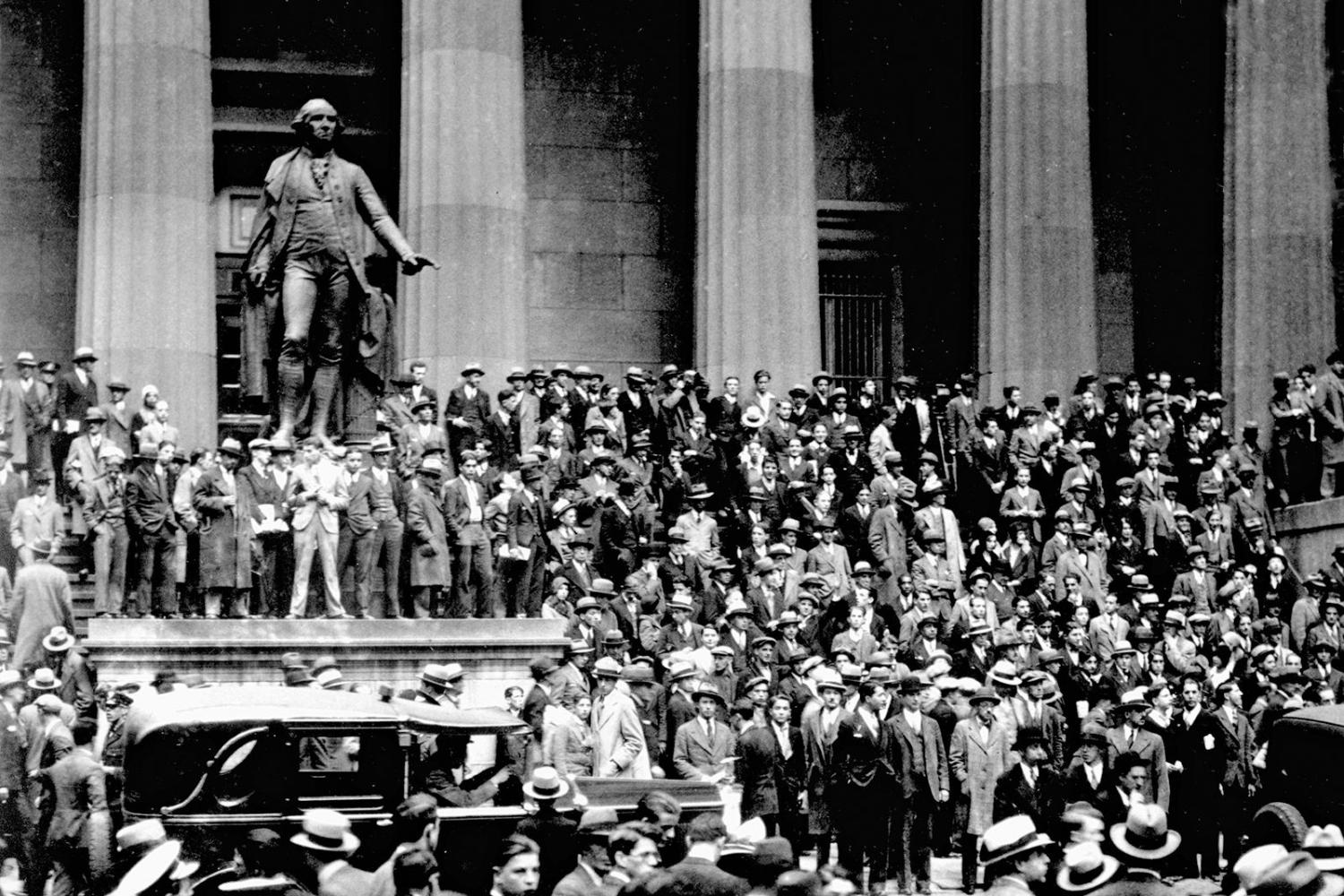
What caused the Wall Street Crash of 1929? The Wall Street Crash of 1929, also known as Black Tuesday, was triggered by a combination of factors. Excessive speculation in the stock market led many to invest heavily with borrowed money, creating a bubble. When confidence wavered, panic selling ensued. Banking practices at the time were poorly regulated, leading to risky loans and investments. Additionally, overproduction in industries like agriculture and manufacturing caused prices to plummet. International economic issues, such as war debts and trade imbalances, further strained the financial system. These elements combined to create a perfect storm, leading to one of the most devastating financial collapses in history.
What Was the Wall Street Crash of 1929?
The Wall Street Crash of 1929, also known as Black Tuesday, marked the beginning of the Great Depression. This catastrophic event had far-reaching effects on the global economy. Here are some fascinating facts about this pivotal moment in history.
-
The crash began on October 24, 1929, known as Black Thursday, when the market lost 11% of its value at the opening bell.
-
Black Tuesday, October 29, 1929, saw the market plummet further, with the Dow Jones Industrial Average falling by 12%.
-
Over 16 million shares were traded on Black Tuesday, a record that stood for nearly 40 years.
-
The crash wiped out billions of dollars in wealth, leading to widespread financial ruin.
Causes of the Crash
Understanding the causes of the Wall Street Crash of 1929 helps to grasp why it had such a devastating impact. Several factors contributed to this economic disaster.
-
Excessive speculation in the stock market led many investors to buy stocks on margin, borrowing money to purchase shares.
-
The Federal Reserve's tight monetary policy in the late 1920s contributed to reduced liquidity in the market.
-
Agricultural overproduction resulted in falling prices for farm goods, hurting farmers' incomes and their ability to repay loans.
-
Industrial overproduction created a surplus of goods that could not be sold, leading to declining profits for companies.
Immediate Effects of the Crash
The immediate aftermath of the crash was felt across the United States and beyond. The effects were both economic and social.
-
Banks failed in large numbers as panicked depositors withdrew their savings, leading to a banking crisis.
-
Unemployment rates soared, with millions of Americans losing their jobs as businesses closed or cut back on production.
-
Homelessness increased dramatically, with many people losing their homes due to foreclosure.
-
Soup kitchens and breadlines became common sights as people struggled to find food.
Long-Term Consequences
The long-term consequences of the Wall Street Crash of 1929 were profound, shaping the economic landscape for years to come.
-
The Great Depression lasted for a decade, from 1929 to 1939, affecting economies worldwide.
-
The crash led to significant changes in U.S. economic policy, including the establishment of the Securities and Exchange Commission (SEC) to regulate the stock market.
-
Social Security was introduced in 1935 as part of the New Deal to provide financial support for the elderly and unemployed.
-
The crash and subsequent depression contributed to the rise of extremist political movements in Europe, including the Nazi Party in Germany.
Personal Stories from the Crash
Behind the statistics and economic data, there were countless personal stories of hardship and resilience during the Wall Street Crash of 1929.
-
Many investors who had been wealthy before the crash found themselves penniless overnight.
-
Families were often forced to split up, with children sent to live with relatives or in orphanages.
-
Some individuals turned to crime out of desperation, leading to an increase in petty theft and other criminal activities.
-
Despite the hardships, many people found ways to support each other, forming tight-knit communities to share resources and provide mutual aid.
Lessons Learned
The Wall Street Crash of 1929 taught valuable lessons about economic policy, market regulation, and the importance of financial stability.
-
Diversification of investments became a key strategy for reducing risk in the stock market.
-
The importance of government intervention in the economy was recognized, leading to the development of social safety nets and regulatory frameworks.
-
Financial education became more widespread, with an emphasis on understanding the risks and rewards of investing.
-
The crash highlighted the need for international cooperation in economic policy to prevent future global financial crises.
-
The resilience and adaptability of people during the Great Depression demonstrated the strength of the human spirit in the face of adversity.
Lessons from the Wall Street Crash of 1929
The Wall Street Crash of 1929 wasn't just a financial disaster; it reshaped economies, policies, and lives. It taught us the importance of financial regulation, diversification, and economic safeguards. The crash highlighted the dangers of speculation and over-leveraging, showing that unchecked greed can lead to widespread ruin. Governments worldwide learned to implement safeguards like the Securities Act of 1933 and the Glass-Steagall Act to prevent future collapses.
Understanding these lessons helps us navigate today's financial landscape with more caution and wisdom. By remembering the past, we can avoid repeating the same mistakes. The crash serves as a stark reminder of the fragility of financial systems and the need for vigilance and responsibility in economic practices. Let's use these insights to build a more stable and resilient future.
Was this page helpful?
Our commitment to delivering trustworthy and engaging content is at the heart of what we do. Each fact on our site is contributed by real users like you, bringing a wealth of diverse insights and information. To ensure the highest standards of accuracy and reliability, our dedicated editors meticulously review each submission. This process guarantees that the facts we share are not only fascinating but also credible. Trust in our commitment to quality and authenticity as you explore and learn with us.
